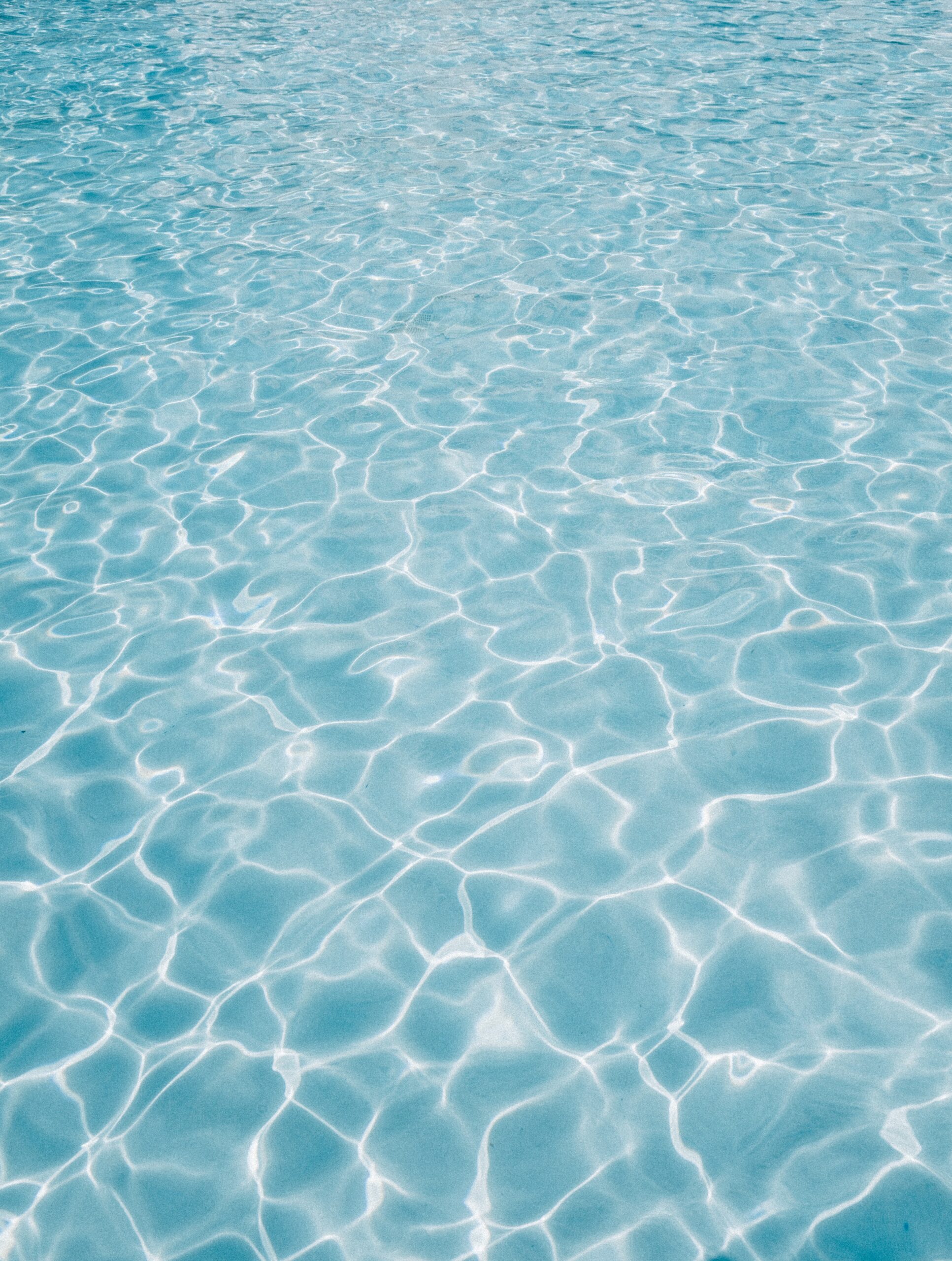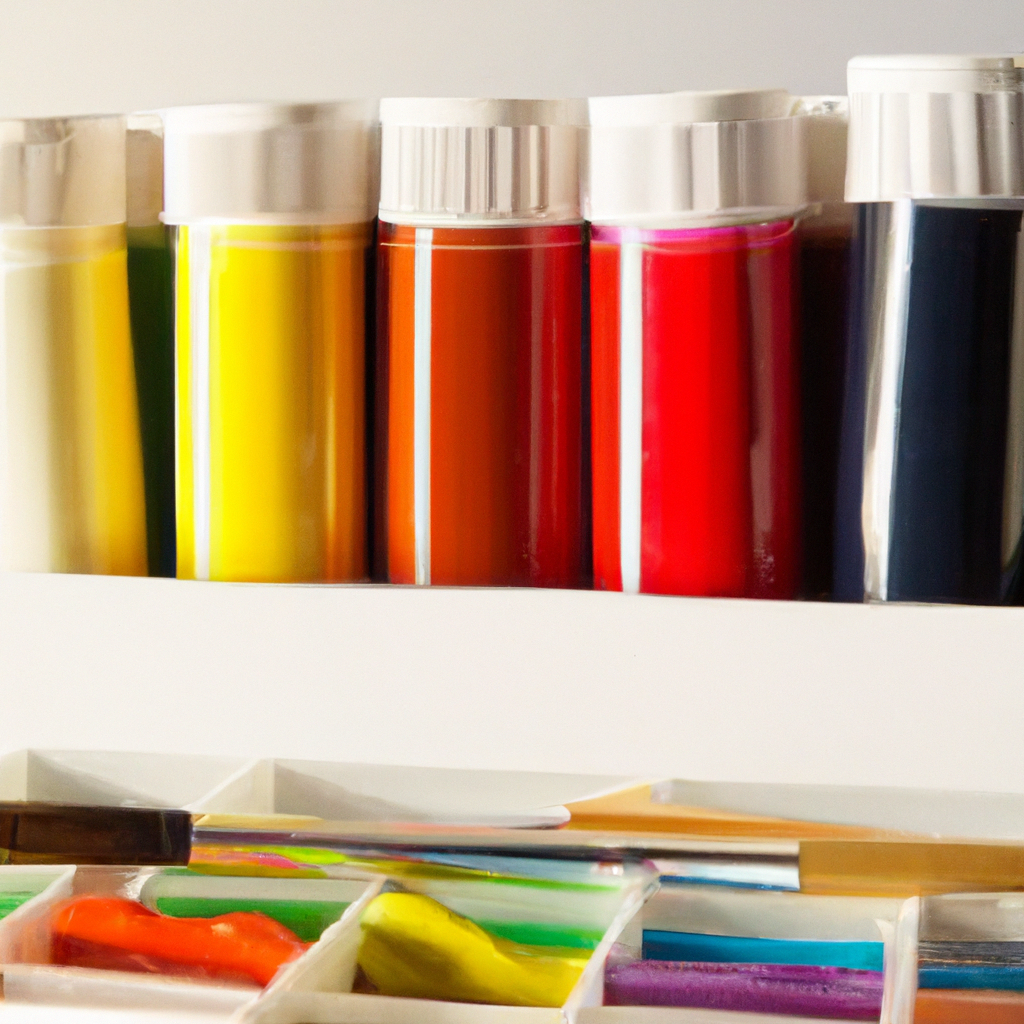Gouache, a versatile and vibrant medium cherished by artists, has become increasingly popular for its opaque and rich qualities. But have you ever wondered if gouache paints dry out? In this article, we will explore the drying properties of gouache paints, addressing commonly held misconceptions and providing useful insights to help you make the most out of your artistic endeavors. From the factors that affect drying time to practical tips to preserve and restore dried gouache, this article aims to unravel the truth behind the drying process of gouache paints. Whether you are a seasoned artist or a beginner dipping your brush into the world of gouache, the answers you seek are just a paragraph away. So let us dive into the fascinating world of gouache paints and uncover the mysteries it holds.
How do Gouache Paints Work
Definition of Gouache Paints
Gouache paints are a unique type of paint that is commonly used by artists. They are similar to both watercolors and acrylic paints, but they have their own distinct properties. Gouache paints are composed of pigment, a binding agent, and a filler material. The pigment provides color, while the binding agent holds the paint together and allows it to adhere to different surfaces. The filler material helps to give the paint a smooth and opaque finish.
Composition of Gouache Paints
Gouache paints consist of three main components: pigment, binder, and filler. The pigment is the coloring agent that gives the paint its desired color. It can be made from a variety of materials, such as natural minerals or synthetic compounds. The binder, typically gum arabic, is responsible for holding the pigment particles together and onto the painting surface. The filler, often calcium carbonate or talc, is added to increase the volume of the paint and give it a smoother texture.
Working with Gouache Paints
When working with gouache paints, it is important to keep in mind their unique characteristics. gouache paints can be applied to a variety of surfaces, including paper, canvas, and wood. They can be used in thin layers for a translucent effect, or applied more thickly for a more opaque finish. Gouache paints can be mixed together to create an endless range of colors, and they can also be diluted with water to create different levels of transparency. Additionally, gouache paints can be used in conjunction with other art mediums, such as watercolor or acrylic, to create interesting mixed media effects.

This image is property of images.unsplash.com.
Understanding Drying Process
Drying Time for Gouache Paints
The drying time of gouache paints can vary depending on several factors, including the brand of paint, the thickness of the application, and the environmental conditions. Generally, gouache paints have a relatively fast drying time compared to other types of paint, such as oil paint. They can dry to the touch within minutes to hours, depending on the factors mentioned above.
Factors Affecting Drying Time
Several factors can influence the drying time of gouache paints. The first factor is temperature and humidity. Higher temperatures and lower humidity levels can accelerate the drying process, while cooler temperatures and higher humidity can slow it down. The thickness of the paint application is another important factor. Thicker layers of gouache paints will take longer to dry compared to thinner layers. The density of pigments used can also affect drying time, as some pigments dry faster than others. Finally, the additives or mediums used with gouache paints can also impact drying time.
Effects of Drying on Gouache Paints
The drying process can have several effects on gouache paints. One common effect is a color shift. As the paint dries, the colors can become slightly more muted or change in hue. This is particularly noticeable with certain pigments. Another potential effect is the formation of cracks and crazing on the painted surface. If the paint layer is too thick or applied too quickly, the drying process can cause the surface to crack. Additionally, drying can make gouache paints more brittle, increasing the likelihood of chipping or flaking. However, when handled and stored properly, gouache paints can have a long-lasting quality.
Can Gouache Paints Dry Out
Gouache paints can indeed dry out, although the term “drying out” may have different meanings in the context of paints.
Definition of Drying Out
In the context of gouache paints, drying out refers to the evaporation of the moisture in the paint, which results in the formation of a solid film. This solid film is what gives the paint its characteristic texture and finish.
Drying Out vs. Drying Up
It is important to distinguish between drying out and drying up when discussing gouache paints. Drying up refers to the loss of paint consistency, where the paint becomes thick and clumpy due to prolonged exposure to air. On the other hand, drying out refers to the permanent changes that occur in the paint, such as the formation of a solid film.
Rehydrating Dried Out Gouache Paints
If your gouache paints have dried out, there are a few methods you can try to rehydrate them.
Using Water
The simplest method to rehydrate dried out gouache paints is to add water. Start by adding a small amount of water to the dried paint and mix it thoroughly with a palette knife or brush. Gradually add more water until the desired consistency is achieved. However, be cautious not to add too much water at once, as this can dilute the pigment and affect the color intensity.
Using Gouache Medium
Another option is to use a gouache medium or binder specifically designed to rehydrate and revive dried gouache paints. These mediums contain a mixture of ingredients, including gum arabic and glycerin, which help to restore the paint’s moisture and improve its workability. Follow the instructions provided with the medium and mix it with the dried paint until it reaches the desired consistency.
Misting Technique
For smaller areas of dried out gouache paint, you can try using a misting technique. Fill a spray bottle with water and gently mist the dried paint from a distance. Allow the paint to absorb the moisture for a few minutes, then use a brush to carefully blend and reactivate the paint. This technique can be particularly useful for restoring small details or delicate areas.
Preparing for Reuse
After rehydrating the dried gouache paint, it is important to thoroughly mix the paint to ensure that the water or medium is evenly distributed. Use a palette knife or brush to mix the paint until it becomes smooth and consistent in texture. Additionally, check the color intensity and adjust it if necessary by adding more pigment or medium.
Preventing Gouache Paints from Drying Out
To prevent gouache paints from drying out, there are several steps you can take.
Closing Containers Properly
After each use, make sure to tightly close the containers or tubes of the gouache paints. This helps to minimize air exposure and prevent excessive evaporation of moisture.
Using Airtight Containers
Consider transferring your gouache paints to airtight containers for storage. These containers provide an extra layer of protection against air and moisture, keeping the paint fresher for longer periods of time.
Adding Moisture-Retaining Mediums
Using moisture-retaining mediums or additives can also help prolong the working time of gouache paints. These mediums, such as glycerin or honey, can help keep the paint moist and workable for extended periods. Follow the instructions provided with the medium and mix it with the paint as recommended.
Frequent Stirring and Mist Spraying
During painting sessions, make it a habit to frequently stir the paint on your palette. This helps to distribute moisture evenly and prevent the paint from drying out prematurely. Additionally, if you notice any areas of the paint drying out while you work, you can mist them with water using the misting technique mentioned earlier to keep the paint moist and workable.
In conclusion, gouache paints are a versatile medium for artists, offering vibrant colors and unique characteristics. While gouache paints can dry out, they can also be rehydrated and reused with the right methods. By understanding the drying process, considering the factors that affect drying time, and implementing preventative measures, artists can effectively work with gouache paints and maintain their quality over time.

This image is property of images.unsplash.com.



